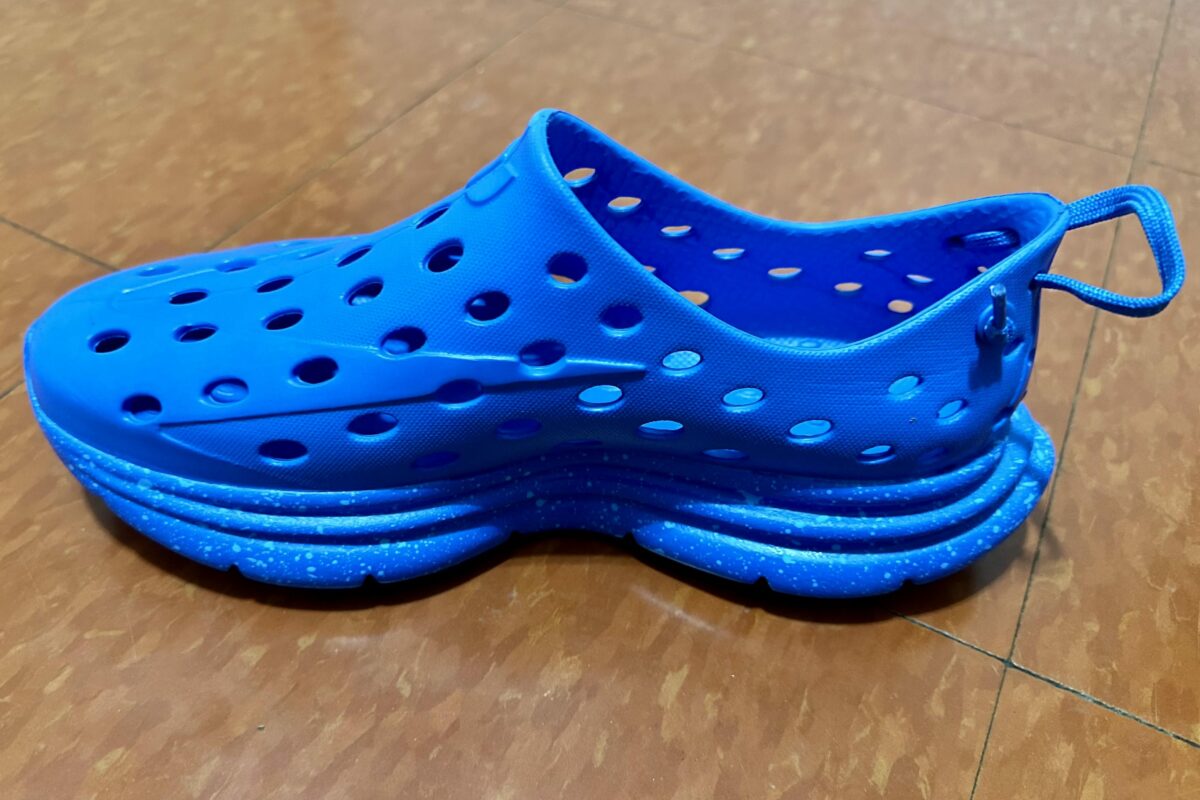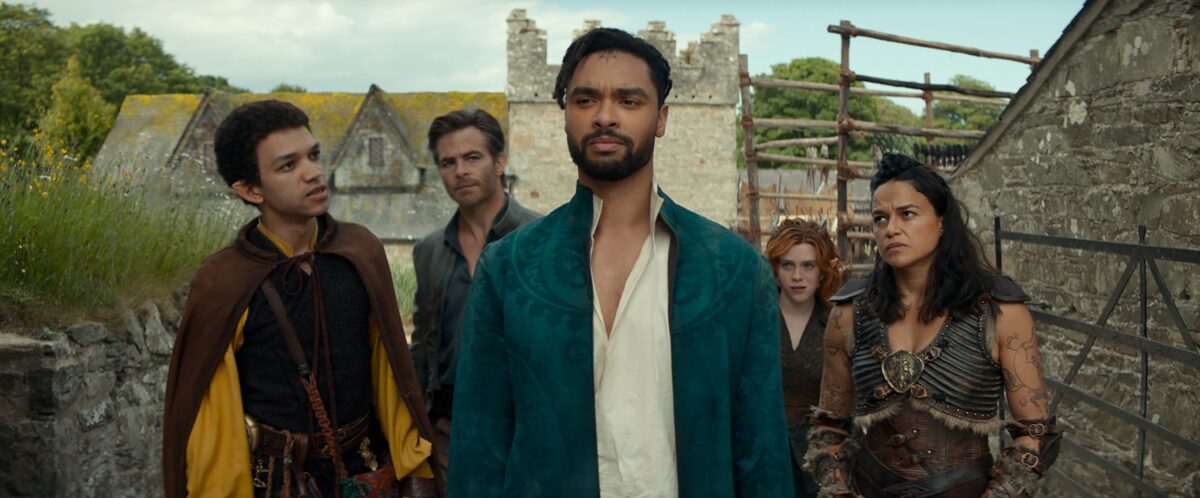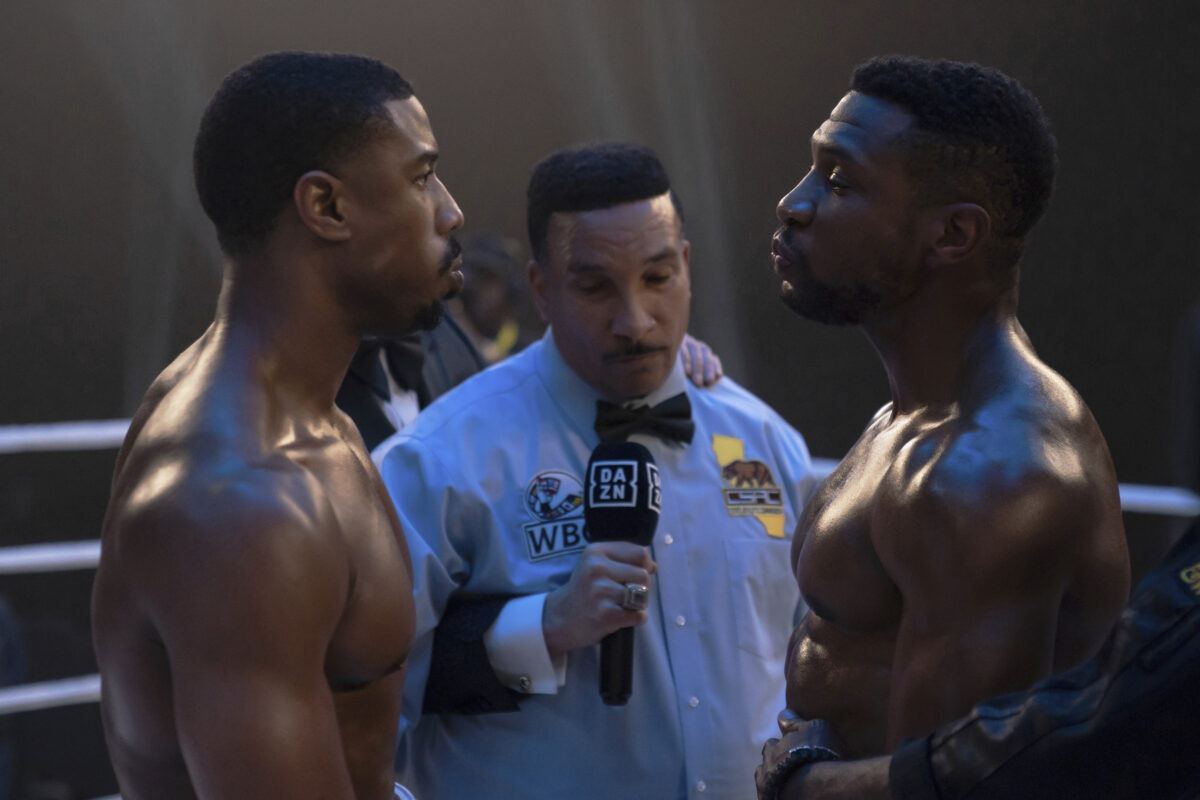Greg Whiteley, the creator and producer/director of Last Chance U, worked to finish up the fifth and final season of the junior college football docuseries — set to be released on July 28th by Netflix — as the country grappled with pandemic and a long-overdue backlash against racism.
During that time he saw young, prominent athletes speaking out in ways they rarely have.
He was not surprised.
Though Whiteley is careful to say his work does not attempt to take an editorial stance, he has endeavored through fives seasons to give an unvarnished look at the life of the players he chronicles. Most are black and come from poverty and have been straining against the bonds of systemic racism their entire lives.
“We’re the messengers. We do our best to show these players’ lives as authentically as possible,” he said. “As we’ve done that, these themes have naturally emerged. We’ve been hearing and documenting these stories for the last five years.”
That’s certainly the case with the newest season, often with startling prescience. Last Chance U — the last to cover a football team, Netflix has declared — covers the 2019 season of Laney College, in Oakland. The city itself, and more precisely the unrelenting and unrepentant gentrification of it, is meant, Whitely said, to be a character in the drama. It, coupled with the unique rules of the California JUCO system, make for a season that feels heavier. There’s so much at stake.
California JUCO’s, unlike those in Mississippi and Kansas (where the first four seasons of Last Chance U were filmed), don’t grant scholarships to athletes. Or free housing. Or food. So while California produces an abundance of talented football players, the Laney team is not built around Division I “drop downs” looking for an easy landing spot to rehabilitate their reputations while waiting to become re-eligible at another Division I school. The players profiled most closely in this season, instead, grew up nearby and are more likely to actually be on their last — or only — chance.

So many of the athletes at East Mississippi Community College and Independence Community College were established players with a clear path back to the big-time — and they had it easy at school because of their status and the perk of being an athlete. But only one player profiled in season five, Rejzohn Wright, is a sure-thing Division I player. And he cannot coast: In order to fulfill the dream of owning her own home, his mother had to move about 70 miles away to Stockton, leaving him to spend hours each day commuting to school and practice.
The emotional heart of the story, a diminutive wide receiver who takes over at QB when three other players get hurt, sleeps in his car. A social worker at the university offers Dior Walker-Scott assistance finding a place to live near the school, but he demurs because he needs to stay near the fast food wing spot where he works a few hours a night. He’s estranged from his father, who he says was abusive when he was younger.
Another wide receiver, RJ Stern, lives in Berkeley, at a warm, book-filled house so beloved by generations of the same family filled with noted writers that it has been bestowed a name, Greyhaven. But nothing there is what it seems: Stern’s family has suffered through unfathomable scandal, and the ramifications of his grandfather’s crimes reverberate through his life still.
Days after finishing the screeners of the show, I’m still trying to process what these men have gone through. Perhaps that sounds daunting to a viewer, but the resiliency of the players offers hope, as does the faith of the coach in charge of the program.

“It’s our job to make difficult stories more accessible,” Whiteley said, “which sometimes means we’re embedding them in a show that is also entertaining.”
The season is entertaining, of course. The head coach, John Beam, is a charismatic force with an unkempt mustache who lapses into tough-guy football coach bravado far less than Jason Brown (Indy) or Buddy Stephens (EMCC). He’s been coaching football for 40 years, most of them in Oakland, and the admiration shown to him from players and others is earned. He’s not important simply because he’s in charge of the biggest show in a small town.
He’s fiercely competitive, of course, but is also coming off his first state championship season. It’s clear that he feels validated by the title, and allowed to be more reflective about the game and how it is supposed to help shape the young men who play it. Whiteley predicted that Brown and Stephens would develop the same sort of wisdom someday and I hope he’s right; Beam’s more clear-eyed approach, though, was a welcome antidote for Brown’s bombast built on exaggerations of personal achievements and exotic combinations of swear words and insults.
Beam brings an Oakland police officer, Fred Shavies, to talk to the team and begins by asking his players how many have been mistreated by police. Most hands go up. Beam asks how Shavies, a black man, squares the mistreatment of black men by police with being the police. Shavies explains that policing in America began as a way to catch slaves. It’s an open, honest conversation and proof of how deeply Beam is committed to helping his players move through the world.
Earlier in the same episode, Shavies is shown responding to a shooting that leaves a pregnant woman dead. He is clearly distraught. As his car reaches the new, glistening parts of the city he says it all plainly: The gentrification has been heartening, because you can walk down these streets at night without worry. It has been tragic because the people who waited so long for that tranquility to come can no longer afford to live here.
The season wobbles like that, on and off the field. The team slips due to injury — the series consistently shows how brutal football is — but stays competitive until the end. Whiteley’s crew captures it in the stark, sparing style of the series. All of it is impeccably pieced together.
Whiteley, who also was the creative force behind the mega-hit Cheer, knows there are other stories to be told outside of football (and in fact he’s at work editing a series focused on JUCO basketball). He says he felt some peace around the idea of Netflix declaring this the last season for football. “I could sense I started to tell similar stories,” he said.
But what is sports if not the same stories told over and over again with new characters? The personalities, as with anything, make it work.
Seasons 1 and 2 of Last Chance U hinge on the battle between a mercurial, demanding coach and the academic advisor, Brittany Wagner, working to protect and nurture players in her own way. Seasons 3 and 4 are built around Brown’s outsized ambition and personality clashing with a town and school trying to recreate itself. Season 5, in the most fitting way possible, roars because it is about young men trying to barrel their way into a better place. They are battered by and attempt to push back against broken systems and absent or abusive parents and fast-food-joint wages that don’t pay enough to eat and skin color that makes it all different and harder for them. They suffer through mental illness because of misguided notions of manhood and toughness. They wrestle with 100 different inequalities they’re only beginning to understand.
All of which conspire to ensure they’re far away from where they hope to be.
And sometimes where they hope to be is just a bed, a standard, regular, common bed, because they’ve been sleeping in a car. Walker-Scott finds one, finally, near the end of the final episode. He tells Beam he wept when he first laid on it — first remembered what it was to stretch out all the way again — and in his eyes you can see that, even as the pandemic begins to restrict life in ways we never imagined, Walker-Scott feels fine. He feels like he’s given himself a chance.
[lawrence-related id=836261,808501,773029]




















